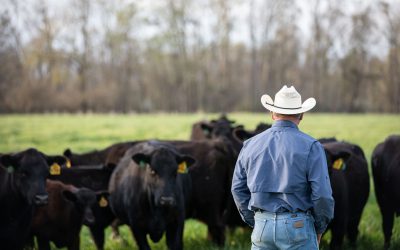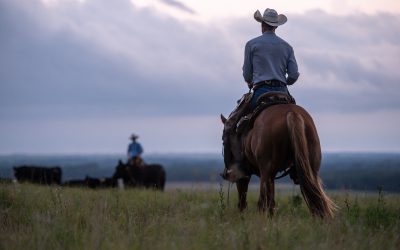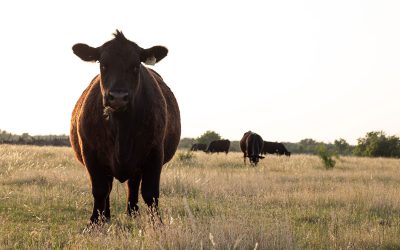
Holiday beef shopping done?
December 12,2011
Here’s this week’s Meat Market Minute:
The live cattle market showed its first indication of seasonal weakness coming off of holiday highs. According to CattleFax, fed cattle traded at $120 in the South and at $121 in the North, approximately $4/cwt less than the previous week. This comes as packers continue to curb production (16,000 head less than previous week) in response to their position in the market, and that could work to their advantage in live cattle prices. Moving forward, packers will continue to lessen harvest due to holiday shortened production weeks and lower demand. By the way, the 2010 federally inspected harvest for the last three weeks of December were (in thousands): 659.8, 544.9 and 566.6.
Cutout values were down across all grades and quality levels last week: CAB -$3.30, CH -$3.80, SE -$2.70. Much of the downturn was attributed to weakness in demand for holiday ribs, simply because virtually all of those purchases have already been made. With no other news in the market, buyers’ interest has been lackluster; they see the downward trend and don’t want to commit to buy at current prices.
You may also like
Progress from small steps
Every day is a chance to learn and get better. Thousands of others like my new friends in Alabama are taking steps to meet the shifts in consumer demand, and to know more. Small steps in the right direction can start now. Even if it’s just recording a snapshot of where you are today, a benchmark for tomorrow.
Not perfect, but working to get better
The CAB Cattleman Connection team heard its name called more than once in the virtual ceremonies, and each time came a sense of personal accomplishment, but even better: confirmation that we’re getting better at our craft. I hope that means we’re doing a better job for you.
Beefed up findings
Frank Mitloehner presents his findings on the animal ag sector’s impact on global warming. He explains how cattle counterbalance other fossil fuel sectors, proving that cattle are a solution and not a threat.



